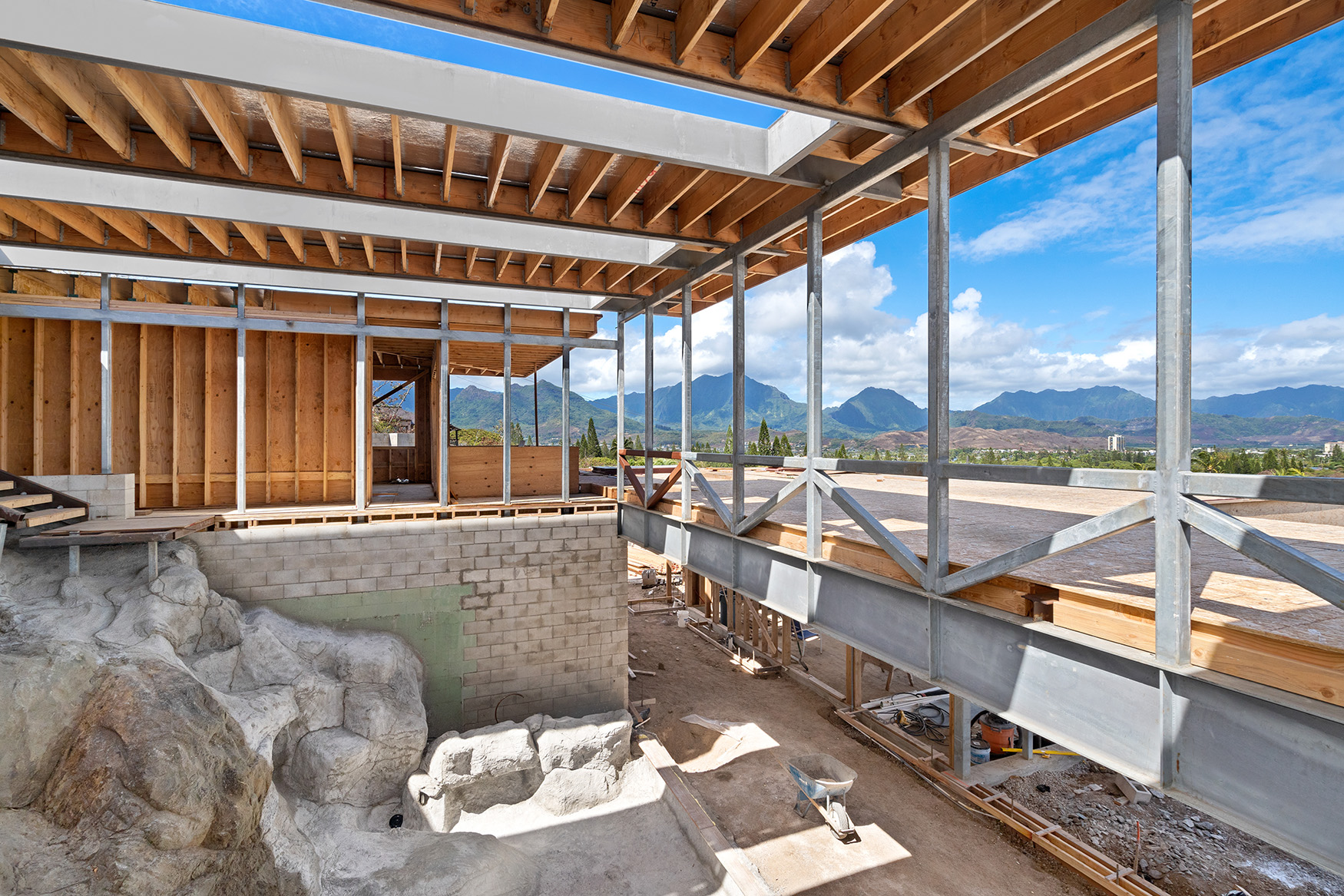Top Roofing Companies Oahu: Finding Reliable Solutions for Your Home
Top Roofing Companies Oahu: Finding Reliable Solutions for Your Home
Blog Article
Steps to Make Certain Successful Roof Installation Procedures
Successful roofing installation is a complex procedure that needs precise preparation and implementation to prevent usual pitfalls. It starts with a comprehensive analysis of the existing roof covering and framework, complied with by the choice of appropriate products that straighten with both regulative criteria and neighborhood conditions.
Evaluating Your Roofing Demands
Evaluating your roof covering needs is a crucial action that can considerably impact the durability and efficiency of your roofing. This process includes a thorough analysis of numerous aspects, including the existing roof condition, the neighborhood climate, and the specific requirements of your building.

Local environment plays a critical function in roof covering choices. Areas with heavy rains or snow need long lasting materials that can endure these aspects. Furthermore, assess any kind of regional building regulations that might determine specific roof covering requirements or products.
Engaging with a professional professional roofer can provide important understandings customized to your distinct situation, making certain that all factors are considered. A comprehensive analysis not only helps in selecting the proper roofing solution but additionally sets the foundation for an effective setup process that meets your long-lasting needs.
Picking Quality Products
Selecting top quality materials is necessary for guaranteeing the durability and performance of your roof system. The option of products straight affects the longevity, energy effectiveness, and total efficiency of your roofing system. Common roofing products consist of asphalt roof shingles, steel, clay floor tiles, and slate, each offering distinctive advantages and downsides.
When selecting roof covering materials, think about variables such as climate, aesthetic choices, and spending plan restraints. For example, steel roof coverings are energy-efficient and highly sturdy, making them perfect for areas with extreme climate condition, while asphalt shingles are cost-efficient and functional, ideal for various styles.
It is additionally vital to analyze the service warranty and life expectancy of the materials. A longer warranty typically suggests higher quality and much better efficiency, which can save you cash over time (honolulu roofing). Furthermore, guarantee that the materials abide by regional building regulations and regulations to stay clear of prospective lawful concerns
Finally, acquisition materials from trusted manufacturers and suppliers to ensure authenticity and dependability. Investing time in picking quality products will ultimately cause an effective roof installation, protecting your investment and boosting the worth of your residential or commercial property.
Finding Reliable Contractors
Quality materials lay the foundation for an effective roof job, however the expertise of the contractor plays an equally significant role in the overall end result. Choosing a trusted roofer is crucial, as it directly influences the top quality and durability of your roofing system.
Begin by looking for referrals from good friends, family, or neighbors that have just recently completed roof covering tasks. On the internet evaluations and reviews can also give understandings into a professional's reputation. As soon as you have a shortlist, validate their credentials, consisting of licensing, insurance policy, and bonding, to ensure they meet neighborhood guidelines and standards.
Demand detailed written price quotes from several contractors, which need to describe the extent of work, products utilized, and timelines. This will certainly help with contrasts and assist you recognize any type of disparities in prices or solutions. Additionally, ask about guarantees on both labor and products, as a reputable contractor must stand behind their work.

Preparation the Setup Refine
Efficient preparation is important for a successful roof setup procedure, as it lays the structure for a smooth implementation and decreases potential setbacks. A thorough assessment of the existing roofing system framework is essential. This helps identify any type of underlying problems that may need resolving before the new setup begins
Next, it is essential to develop an in-depth timeline for the task. This timeline must take into consideration weather condition problems, availability of products, and specialist schedules to make sure that all events are lined up. Additionally, choosing ideal products customized to the specific environment and architectural design of the structure is important. High-grade products not only enhance the roofing's longevity however also add to energy performance.
Furthermore, clear communication with the roof specialist is extremely important. Talk about project expectations, possible challenges, and safety and security methods to create a cohesive functioning setting. Lastly, safeguarding necessary licenses and adhering to regional building ordinance will make certain my link and stop legal problems compliance throughout the installment process. By focusing on extensive planning, home owners can help with an effective roof project that fulfills their assumptions and requirements.
Performing Final Inspections
Final assessments are a critical step in the roof installment procedure, guaranteeing that all job fulfills well-known standards and requirements. This stage typically includes a thorough examination of the entire roof covering system, including materials made use of, installment techniques, and general craftsmanship. Proficient inspectors, typically accredited specialists, assess whether the roofing has been set up per the supplier's standards and neighborhood building regulations.

Throughout the last assessment, crucial elements such as flashing, seams, and ventilation systems are scrutinized for proper installment. Assessors additionally inspect for any type of visible defects, such as exposed bolts or irregular tiles that might result in future issues, including leakages and architectural damage. Additionally, safety attributes like rain gutters and drain systems are assessed to guarantee they operate successfully.
Once the inspection is full, an in-depth report is produced, outlining any kind of shortages that need go to this site attending to. This report serves as a crucial device for service providers and homeowners alike, facilitating prompt adjustments and ensuring the long life of the roof system. Inevitably, carrying out a comprehensive last evaluation not just safeguards the quality of the installment however additionally offers tranquility of mind to all parties entailed.
Conclusion
Finally, a successful roof covering installation procedure relies upon a methodical approach including detailed evaluation, critical material choice, and collaboration with reputable professionals. Mindful planning and adherence to building codes additionally boost the possibility of a long lasting and aesthetically pleasing result. Lastly, performing a meticulous final assessment makes certain that all additional info installation guidelines have been satisfied, guarding against potential issues and ensuring the durability of the roof. Such diligence ultimately adds to the overall integrity of the structure.
Evaluate any kind of regional building codes that might determine particular roofing criteria or products.
Selecting high-quality products is necessary for making sure the sturdiness and effectiveness of your roof covering system. Typical roofing products include asphalt tiles, metal, clay floor tiles, and slate, each offering unique advantages and negative aspects.
Last inspections are a critical action in the roof installment procedure, ensuring that all work meets recognized criteria and requirements.In verdict, an effective roof setup procedure counts on a systematic approach including extensive evaluation, critical material selection, and collaboration with reputable professionals.
Report this page